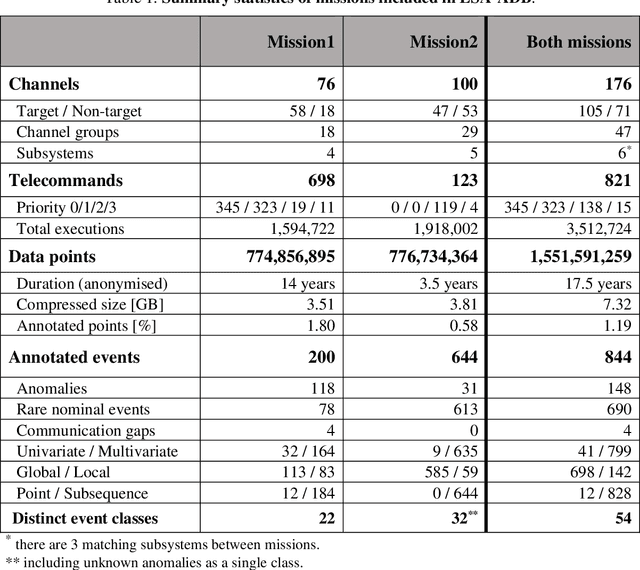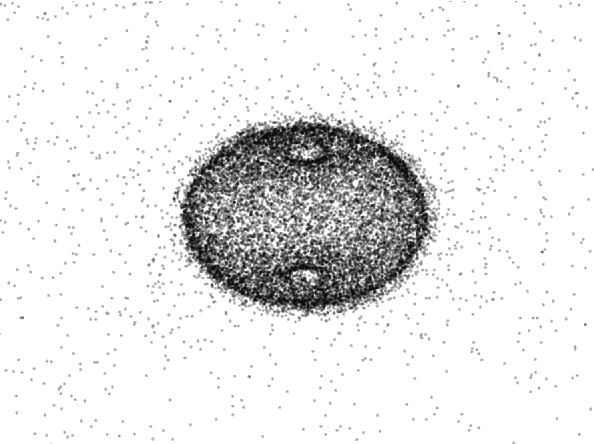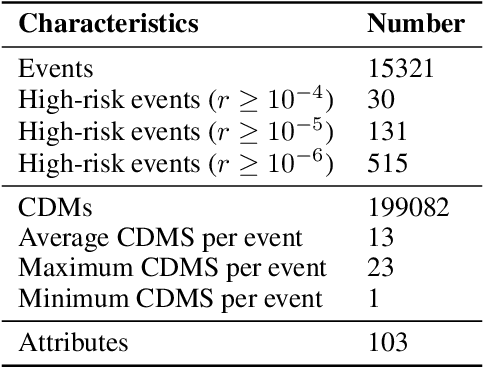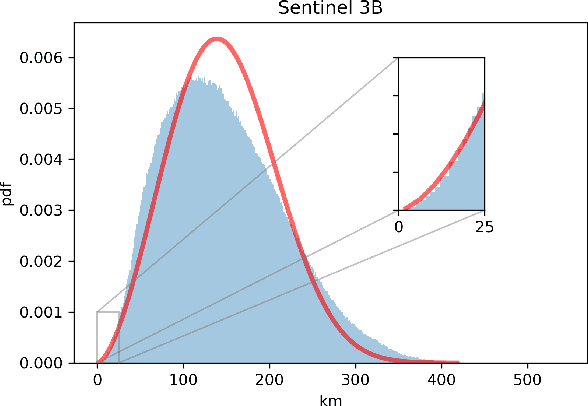Jose Martinez-Heras
European Space Agency Benchmark for Anomaly Detection in Satellite Telemetry
Jun 25, 2024



Abstract:Machine learning has vast potential to improve anomaly detection in satellite telemetry which is a crucial task for spacecraft operations. This potential is currently hampered by a lack of comprehensible benchmarks for multivariate time series anomaly detection, especially for the challenging case of satellite telemetry. The European Space Agency Benchmark for Anomaly Detection in Satellite Telemetry (ESA-ADB) aims to address this challenge and establish a new standard in the domain. It is a result of close cooperation between spacecraft operations engineers from the European Space Agency (ESA) and machine learning experts. The newly introduced ESA Anomalies Dataset contains annotated real-life telemetry from three different ESA missions, out of which two are included in ESA-ADB. Results of typical anomaly detection algorithms assessed in our novel hierarchical evaluation pipeline show that new approaches are necessary to address operators' needs. All elements of ESA-ADB are publicly available to ensure its full reproducibility.
Spacecraft Collision Avoidance Challenge: design and results of a machine learning competition
Aug 07, 2020



Abstract:Spacecraft collision avoidance procedures have become an essential part of satellite operations. Complex and constantly updated estimates of the collision risk between orbiting objects inform the various operators who can then plan risk mitigation measures. Such measures could be aided by the development of suitable machine learning models predicting, for example, the evolution of the collision risk in time. In an attempt to study this opportunity, the European Space Agency released, in October 2019, a large curated dataset containing information about close approach events, in the form of Conjunction Data Messages (CDMs), collected from 2015 to 2019. This dataset was used in the Spacecraft Collision Avoidance Challenge, a machine learning competition where participants had to build models to predict the final collision risk between orbiting objects. This paper describes the design and results of the competition and discusses the challenges and lessons learned when applying machine learning methods to this problem domain.
 Add to Chrome
Add to Chrome Add to Firefox
Add to Firefox Add to Edge
Add to Edge